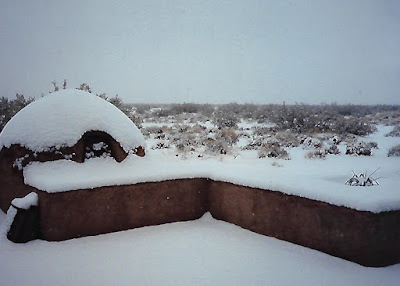It's always rather surprising to me when people discuss certain aspects of subjects and I discover they don't read much about the work in the field under discussion. What I have come to find out is that often times people just don't know where to look. I've solved that problem, sort of. There are 10's of thousands of journals from around the world that have open access, meaning free to download. This is why I said I have sort of solved the problem. You still have to do the reading.
Every week I spend at least 4 hours reading journal articles in fields of study I'm interested in. This is a habit I would encourage in anyone with a thirst for understanding. I used to spend a full day of work once a week doing the same thing with the published and bound dead tree version. If you like that sort of thing, I still do, go to your local community college, or university library and find the journals. These days though this wild and wooly thing we have called the Web has lots of resources.
First off, the Directory of Open Access Journals. Just search by keyword(s) and you're off.
Next up, Open Access Journals. This link takes you to the journals by subject.
Ok, for the pirate in you there is Sci Hub for journals behind pay walls. They have by-passed them. Sometimes you might have to follow them around as they've been sued by publishers several times. You might open yourself to civil action in the United States by using the site, so if you go there understand what you are doing. I think they are currently down, probably on the run again.
For United States defense related research, and a lot more, there is the DTIC or Defense Technical Information Center. For most US government labs and centers each agency will usually have a publications outlet site.
A lot of people think that these journals are primarily for the experts in those fields. That is only part of it. They are meant to communicate your work to others in that field sure, but also many of the articles are written with a broader audience in mind. So dive in, the water is great.







.jpg)
